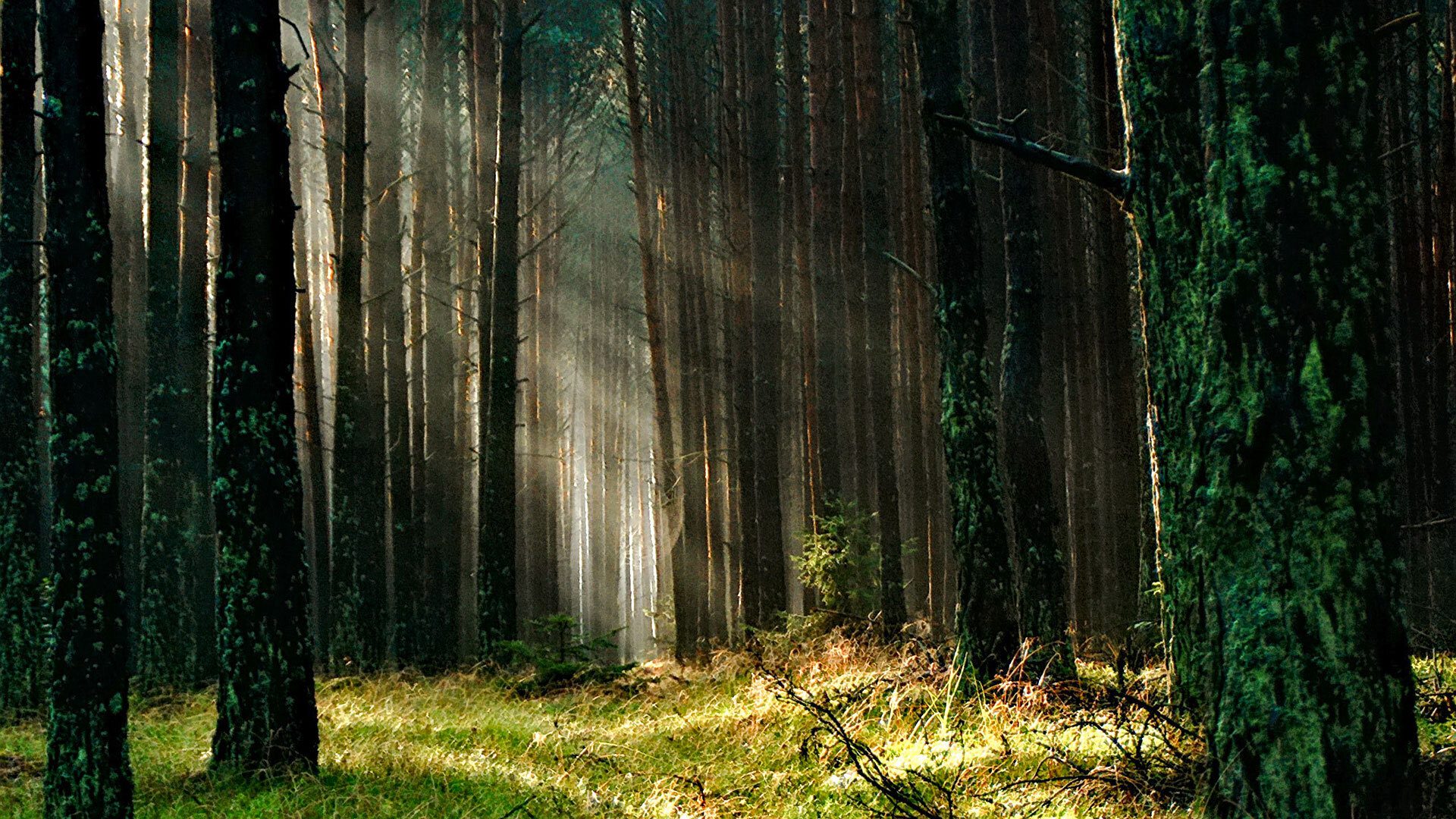- May 29, 2020
- By Sara Gavin
Ongoing environmental changes are transforming forests worldwide, resulting in shorter and younger trees and threatening ecosystems, a global team of researchers that includes several from the UMD Department of Geographical Sciences has found.
The research led by the U.S. Department of Energy’s Pacific Northwest National Laboratory (PNNL) found that rising temperatures and carbon dioxide have subjected forests to increased stress and carbon dioxide fertilization, as well as more frequent and severe natural disturbances such as wildfire, drought and wind damage.
Combined with forest harvest, the result is a dramatic decrease worldwide in the age and stature of forests. More specifically, 12% of total global forests and 34% of old-growth forests have been lost since 1900.
“A future planet with fewer large, old forests will be very different than what we have grown accustomed to,” said Nate McDowell, a PNNL earth scientist and the study’s lead author. “Older forests often host much higher biodiversity and store more carbon than young forests.”
In the study published in the May 29 issue of Science, researchers used satellite imagery along with computer modeling and a detailed literature review to conclude that the average tree size worldwide has declined over the last century and the trend is likely to continue. UMD Professor George Hurtt, Assistant Research Professor Louise Chini and Adjunct Associate Professor Ben Poulter provided the global land-use data for the analyses. The UMD researchers study the dynamics of forest ecosystems as part of the NASA Carbon Monitoring System and the NASA Interdisciplinary Science Program.
“Global patterns of land-use activities combined with rising natural disturbance events have reduced both the extent and structure of forests,” Hurtt said. “This has major implications for carbon storage and biodiversity, which are both keys to mitigating climate change. It also makes it more complicated to predict future forest dynamics as environmental conditions continue to change.”
Both human activity and natural causes contribute to deforestation, a process leading to fewer new seedlings added to forests, less growth and greater mortality of trees. And these conditions are likely accelerate, drastically altering living conditions for plants and animals, researchers found.
Among the mechanisms of deforestation revealed in the study:
- Atmospheric carbon dioxide levels have increased dramatically since the Industrial Revolution and are projected to continue rising over the next century. This can increase a tree’s growth rate and seed production in younger forests with abundant nutrients and water. Most forests globally face limitations in nutrients and water, however, which drastically reduce any carbon dioxide benefit to trees.
- Rising temperatures limit life-giving photosynthesis, leading to lower growth, higher mortality and reduced regeneration—one reason for shorter trees, the study determined.
- Droughts are expected to increase in frequency, duration and severity globally, leading directly to tree death, or indirectly increasing tree mortality through more vulnerability to insect or pathogen attack.
Still other factors in deforestation include tree harvests; a rising incidence of wildfires in many forests worldwide and less regrowth after fires because of a warming climate; and increasing biotic threats from insects, fungi and choking vines.
More than 20 scientists collaborated to produce the deforestation study, which included data and observations made in more than 160 previous studies.
Topics
Research